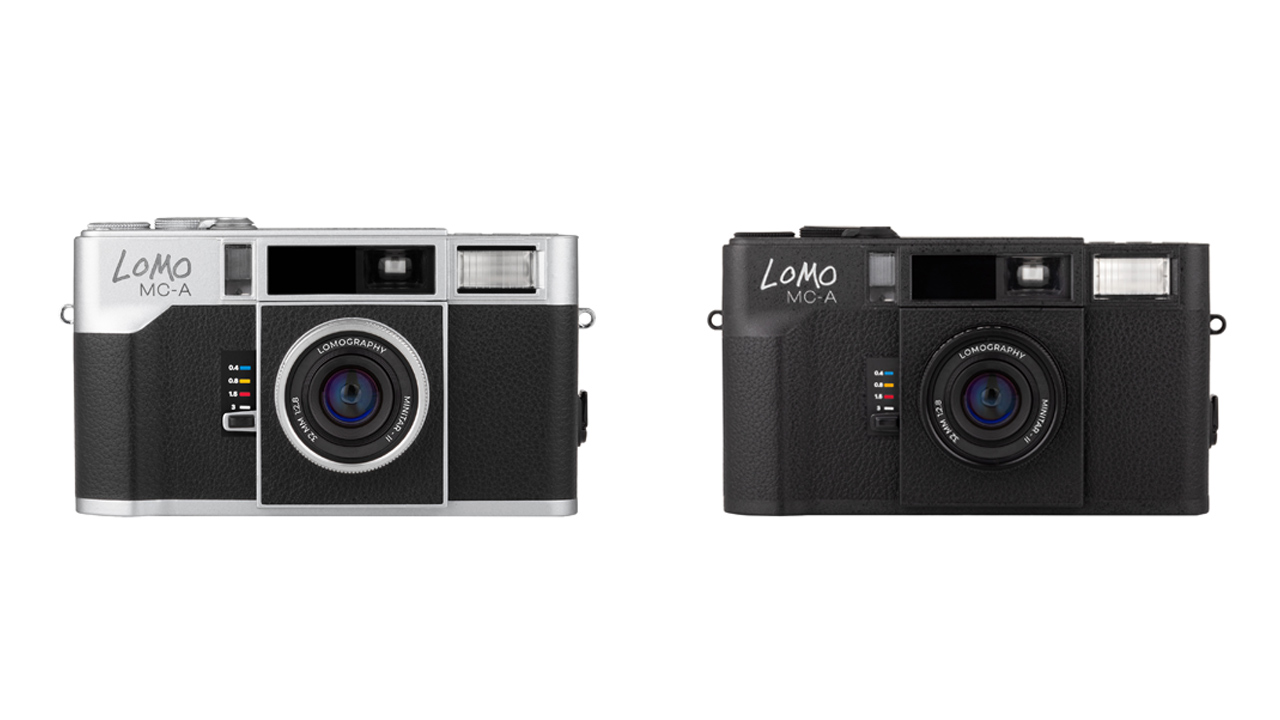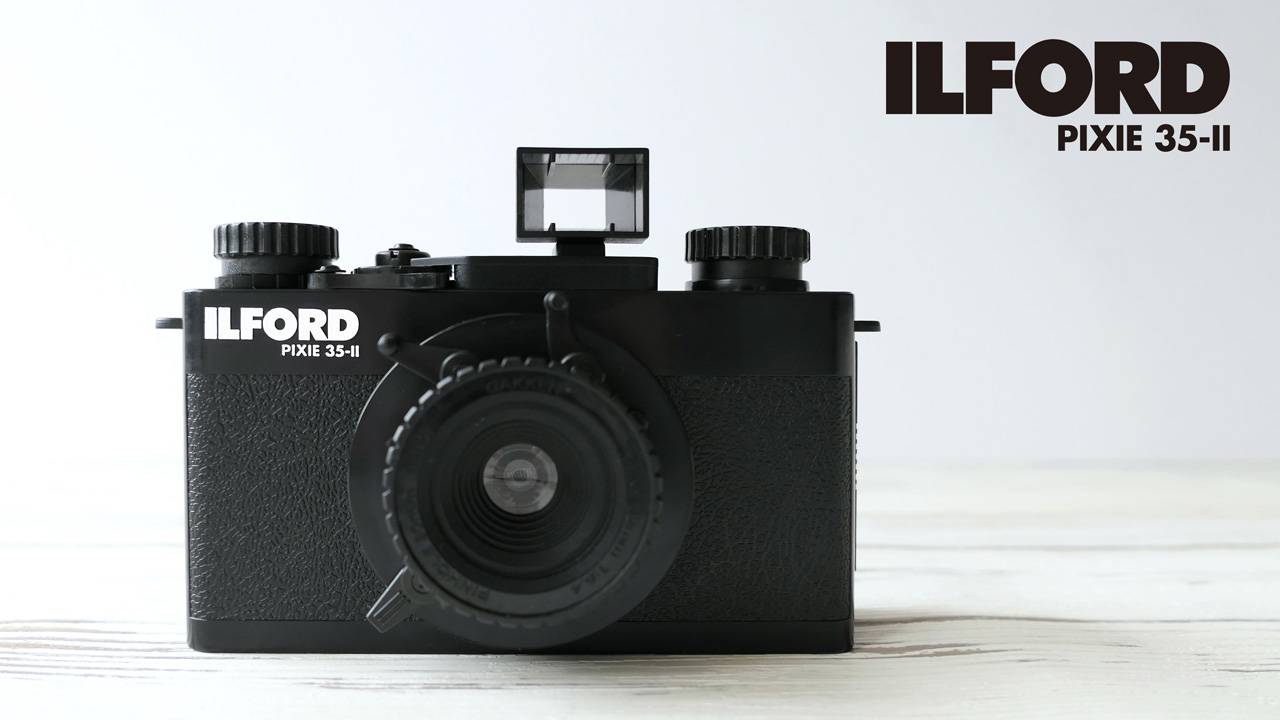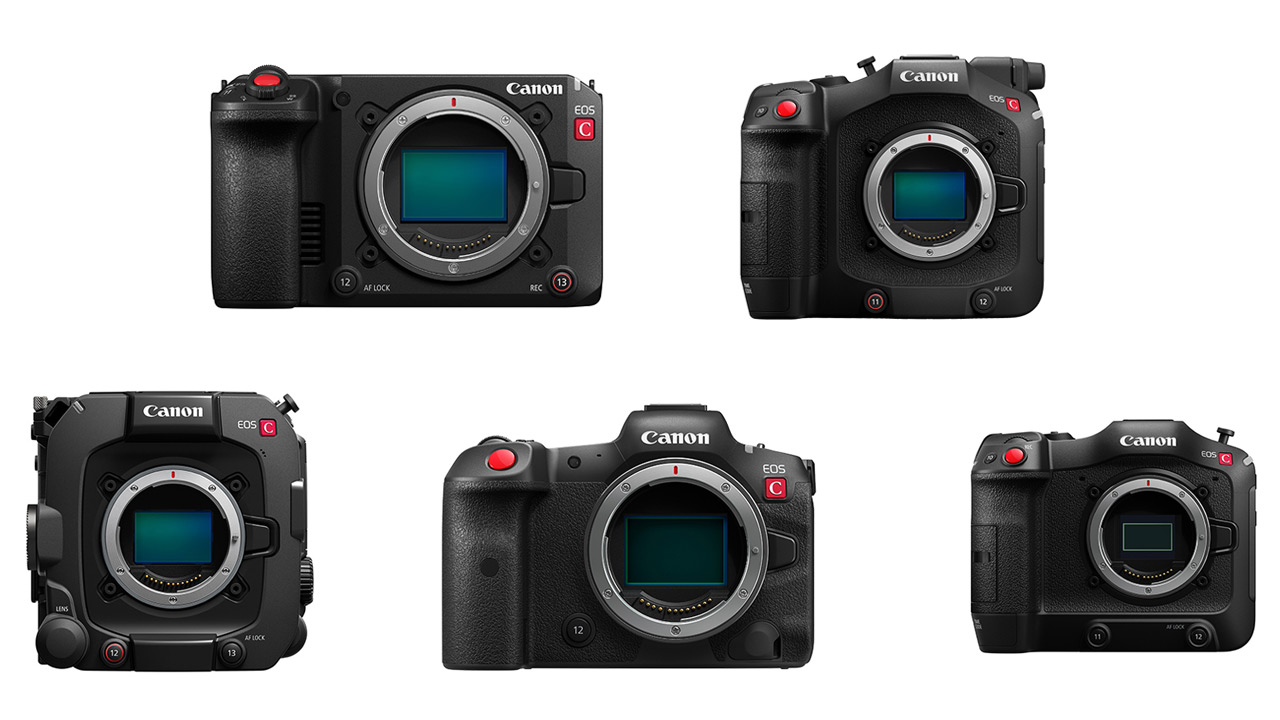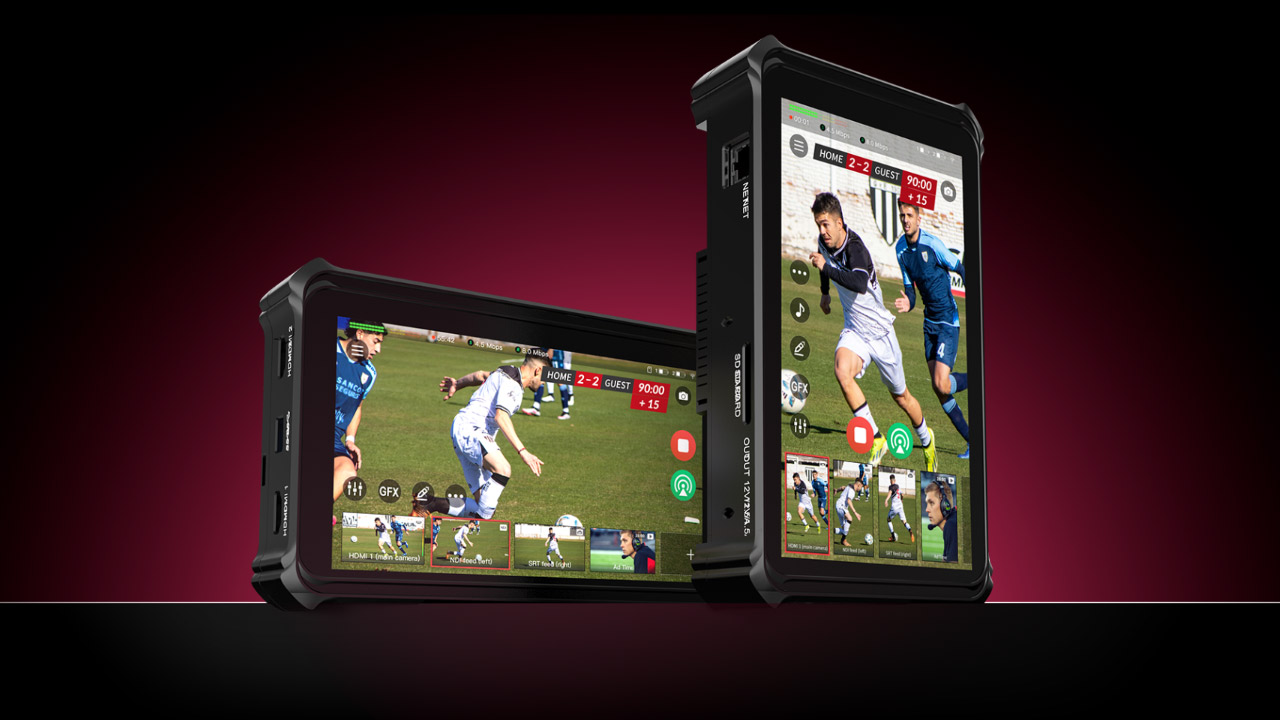Nikon’s Lineage
![Nikomat EL [Nikon's Lineage] Vol.16](https://jp.static.pronews.com/pronewscore/wp-content/uploads/2024/06/c9e981b9f68e4ee0db276b8951b706fa.jpg)
TTL-AE for SLR cameras
In the 1960s, automatic exposure technology was developed for 35mm lens-shutter cameras, and they came to dominate compact cameras. The next challenge was to apply that technology to SLR cameras to make them automatic, but there were several problems with this.
Unlike compact cameras with fixed lenses, SLRs allow for interchangeable lenses. In the case of shutter speed-priority AE or program AE, a mechanism must be installed in the lens mount to control the aperture of the interchangeable lens from the body, where the exposure meter light receiver and control circuit are located. In order to avoid changing lens mounts, many manufacturers have chosen aperture-priority AE, which only requires that aperture information be imported from the lens to the body, just like with previous TTL metering. In that case, the shutter speed needs to be controlled automatically, and this can be achieved by using the newly developed electronically controlled shutter.
For this purpose, Copal developed the “Copal Square SE” by electronically controlling the Copal Square S used in the Nikomat FTn and other cameras, and brought prototypes to various camera manufacturers from an early stage. Nikon also got on board and started a project to make the Nikomat aperture-priority AE. This camera was called the “5B” in contrast to the Nikon F2’s “A camera.”
Problems unique to TTL
Aperture-priority AE using an electronically controlled shutter had already been put to practical use in lens-shutter cameras at that time. The Yashica Electro 35 series in particular had become popular thanks in part to commercials that emphasized its robustness due to the lack of an ammeter. However, when attempts were made to apply this to SLR cameras with TTL metering, major problems arose.
In aperture-priority AE cameras such as the Yashica Electro 35, a capacitor is charged through a photoconductive CdS light-receiving element, and the shutter speed is controlled by the charging time. In bright scenes, the resistance of the CdS light-receiving element is small, so it charges quickly and a fast shutter speed is achieved, but in dark scenes, it charges slowly and a slow shutter speed is achieved. In other words, the resistance of the CdS light-receiving element while the shutter is open is the key, but in the case of SLR cameras with TTL metering, the mirror rises just before the shutter operates, blocking the subject light that hits the light-receiving element and making it impossible to measure light.
To solve this problem, the value of the light-receiving element just before the mirror rises could be stored in a capacitor in the control circuit, and the shutter speed could be controlled based on that value, but this was not an easy solution. We will not go into the details here, but it was necessary to ensure metering accuracy by using advanced analog circuit technology such as logarithmic conversion. Nikon developed a control circuit combining several transistors, capacitors, diodes, etc., and completed a prototype. This was around the summer of 1969. However, another major problem arose.
![Nikomat EL [Nikon's Lineage] Vol.16](https://jp.static.pronews.com/pronewscore/wp-content/uploads/2024/06/66e091bc2d19932de79e174ad215915d.jpg)
Patent issues and IC
The problem was that it was discovered that another company had a patent for the capacitor memory and logarithmic conversion technology. Since the other company was Company A, with whom they had previously fought over another patent, they decided to take a workaround: to develop a new circuit that would not infringe on these patents. They managed to develop a different circuit and confirmed that it worked, but this time the circuit size had become significantly larger. The circuit of the first prototype had fit nicely into the space of the shutter dial, known as the control unit, but the new circuit, which was several times larger in terms of the number of circuit elements, could not possibly fit in such a space. They ended up making it into an IC and asked Mitsubishi Electric to develop a custom IC.
At the time, semiconductor integrated circuits (ICs) had started out as logic circuits for computers and were used in a variety of devices, but battery-powered analog circuits like cameras were still an unexplored field. Analog ICs were powered by ±15 volts and consumed current in the ampere order at the time, so developing a circuit that was powered by a 6-volt silver battery was quite a challenging task, but we managed to complete it, and it became an IC with the model number “M5125J”, which we decided to incorporate into the Nikomat EL. However, we still struggled to find space to incorporate the circuit, so we ended up installing a printed circuit board like the flight deck of an aircraft carrier on the roof of the pentaprism and mounting the circuit there. As a result, the design of the pentaprism was changed, and it is now flat, a stark contrast to the first prototype.
Battery case below the mirror
Whenever the Nikomat EL or its successors are mentioned, one thing that always comes up is how the power battery is stored. A relatively large 6-volt silver battery called 4G13 (4SR44) is stored under the mirror box, and when changing the battery, you remove the lens, raise the mirror by operating the mirror-up lever, and then insert and remove the battery through the opening in the lens mount.
When electronics were first fully introduced into SLR cameras, manufacturers had no choice but to use large batteries such as the 4G13, and all manufacturers struggled to find a place to store them. Some manufacturers removed the built-in self-timer and stored the battery in the space saved, and some even made the winding spool thicker and stored it there, but the Nikomat EL found the space at the bottom of the mirror box. For ease of replacement, if a cover was placed on the bottom of the body and the battery could be inserted and removed from the bottom, there would be no need to remove the lens or flip up the mirror, but the rack (a rod-shaped gear) for charging the Copal Square SE shutter runs from side to side on the bottom of the camera, so this was not possible. They had no choice but to use a method of replacing the battery through the mount opening.
However, this “sublingual tablet” system was not new to this camera. The Contarex S from Zeiss Ikon in West Germany also had a button-type battery that could be replaced through the mount opening, and it is thought that this camera was inspired by this.
![Nikomat EL [Nikon's Lineage] Vol.16](https://jp.static.pronews.com/pronewscore/wp-content/uploads/2024/06/8169add18e93b0f7c94cd8e7fbe321c5.jpg)
The third launched TTL-AE electronic shutter
Thus, the Nikomat EL was released in December 1972. It was the third SLR camera to incorporate aperture-priority TTL-AE using an electronically controlled shutter, following the Pentax ES released in 1971 and the Yashica Electro AX released in September 1972. If there had been no patent issue and the first prototype had been mass-produced as is, the Nikomat EL might have been the world’s first. However, in that case, the development of the IC would have been postponed, and the acquisition of related technology would have been delayed. Which was better for Nikon?
![Nikomat EL [Nikon's Lineage] Vol.16](https://jp.static.pronews.com/pronewscore/wp-content/uploads/2024/06/014cfe2668299a72d0f3addb9bbd26f3.jpg)
Originally written in Japanese by Kenji Toyota | Profile
Mr. Toyota was born in Tokyo in 1947. He worked for Nikon Corporation for more than 30 years, designing single-lens reflex cameras and working in electronic imaging. He will then teach as a part-time lecturer at the Department of Photography, College of Art, Nihon University until 2021. Current positions include Fellow and Auditor of the Photographic Society of Japan, Cooperating Committee member of the Japan Opto-Mechatronics Association, and judge of Japan Camera Museum’s “Japanese Historical Cameras.” He has written many books, including “Toyoken Sensei’s Camera Mechanism Course (Nippon Camera Company)” and “Cousins of the Nikon Family (Asahi Sonorama).”












